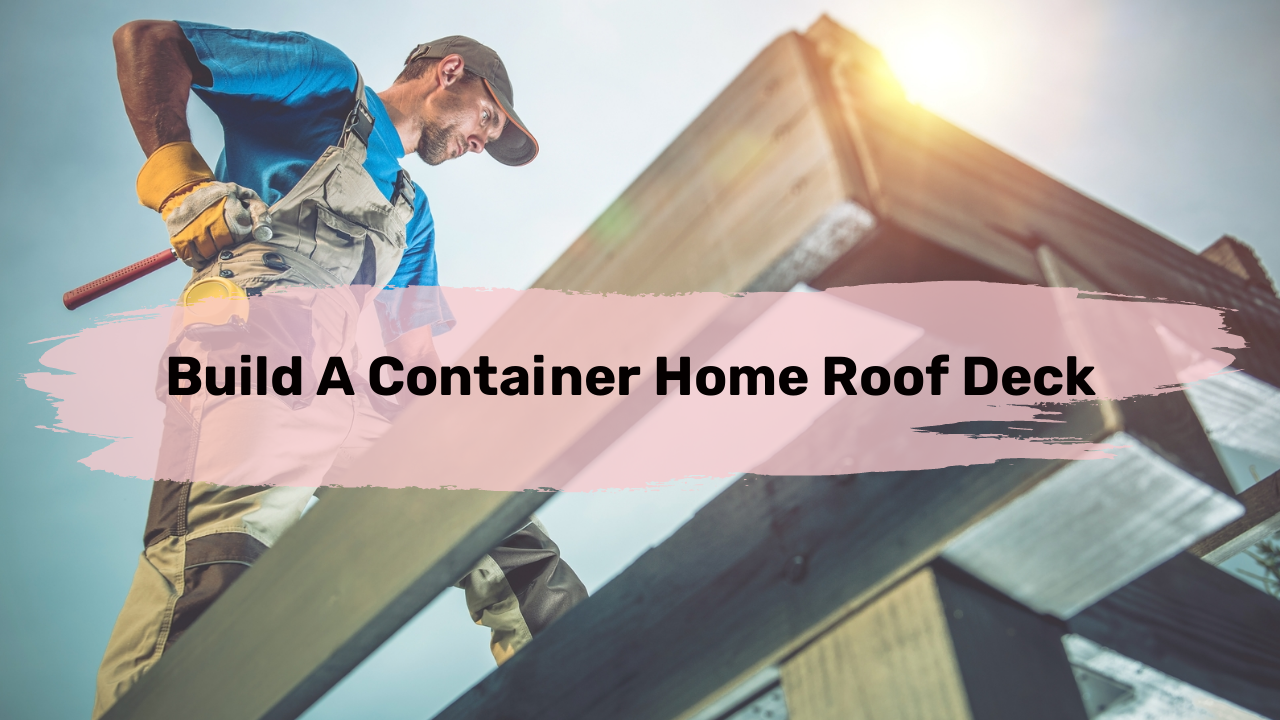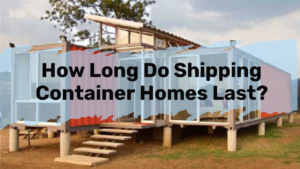Just like any home, container homes can be upgraded and added to. Now that you have the interior and exterior just the way you want, it’s time to ask yourself what’s next. With the roof of containers being flat why not make use of that space and build a roof deck for your container home?
Things to Consider For A Home Roof Deck – Most Important!

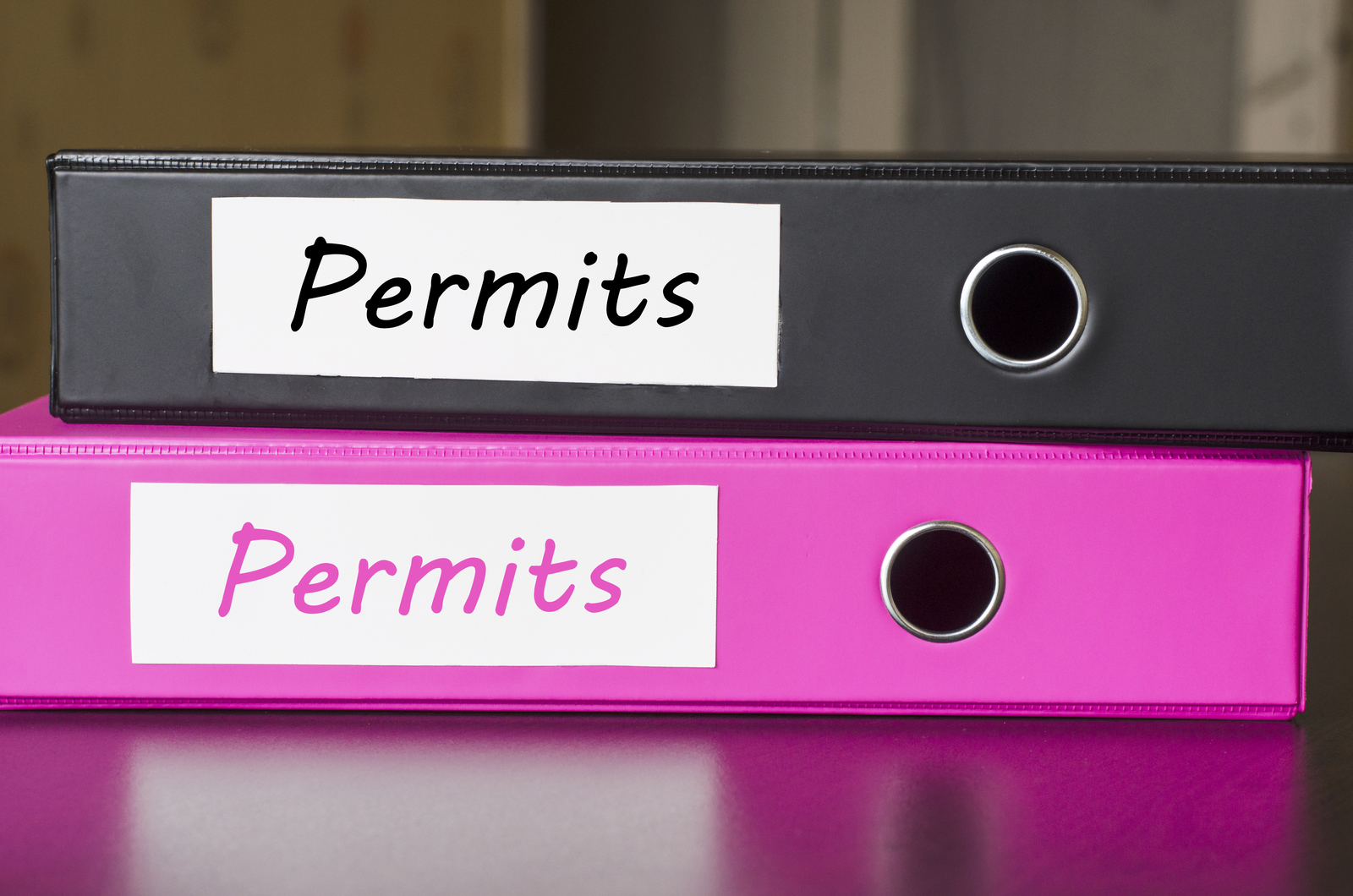
The most important step in building a deck or any kind of addition to your container home is to make sure that you check the local codes of where you live.
You will also need to get the proper permits before you begin construction. You can be charged with a fine if you don’t have a permit, and if your deck is built without one, it may have to be removed.
Another option is to hire a local contractor, who would know all the ins and outs.
Once completed, most cities and towns require a final inspection from the city or town’s building inspector.
Other Considerations …
There are a few ways to go about building a roof deck for your container home. There is the concrete, the traditional wood deck approach, and composite materials.
Which one you decide on depends on the look you want, time factor, budget and climate.
Climate will play a big part in deciding what type of material a roof deck should be made from. Certain areas that receive a lot of rain and moisture should probably avoid natural materials that can rot.
The cost of the overall project should be taken into consideration, including any permit fees; cost of materials; labor, if using a contractor; and inspection fees.


How Long Will It Take To Build?
The time frame of constructing your roof deck depends on the materials you choose. A container home can use the same materials as a traditional brick and mortar home in constructing a roof deck.
Concrete could be done in as little as a day or two. Wood or decking material is going to take much longer due to the custom cuts and a longer installation process.
Types of Decking Materials
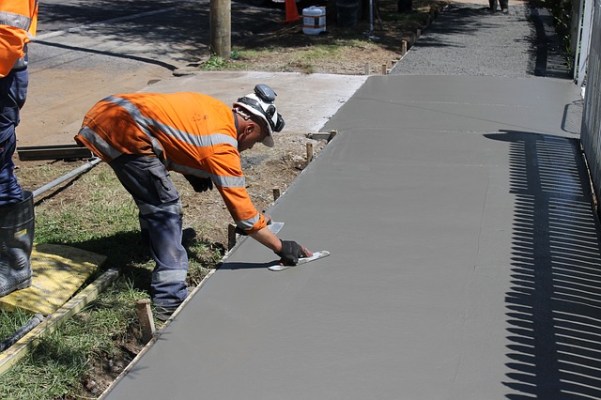
Concrete is a great option for people that live in wetter climates as it won’t rot and if done correctly will keep the roof of your container home waterproofed and protected from rust.
A contractor will work with a structural engineer to ensure that the container home doesn’t lose its structural integrity in constructing a concrete roof deck.
A container home can take the weight of the concrete, but the roof must be braced from inside to ensure that there is no sag in the ceiling height.
Wood is always the classic choice when it comes to decking material. There are three wood types that are commonly chosen for wood decks – redwood, cedar, and pressure treated wood.
Redwood and cedar are naturally insect and rot resistant and have a very beautiful, natural look. Redwood does need to be maintained by applying a sealer and reapplying over time.
The further you live from the West Coast, where redwoods grow, the more expensive the cost is going to be. It is a naturally stable wood, so is resistant against warping.

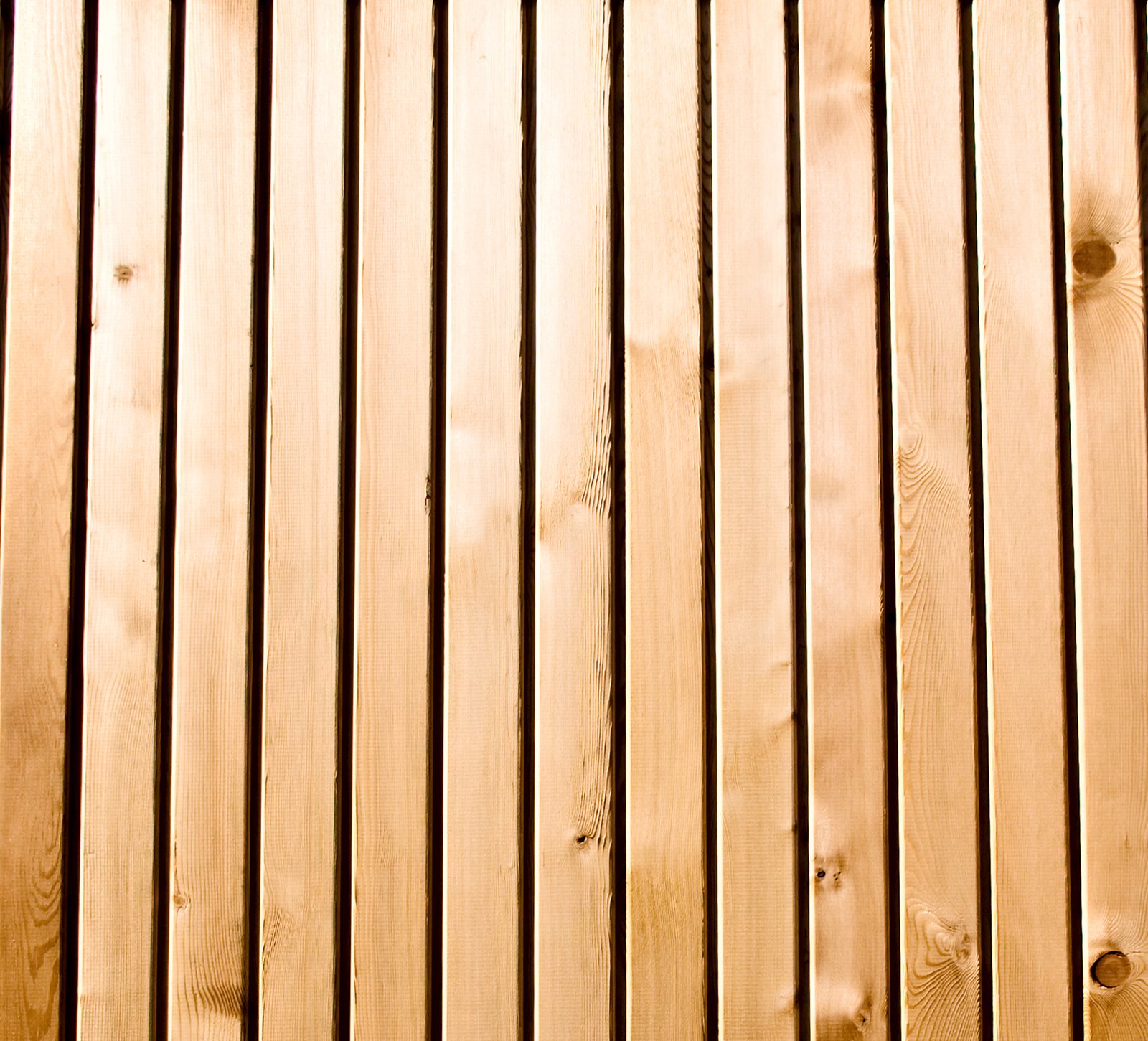
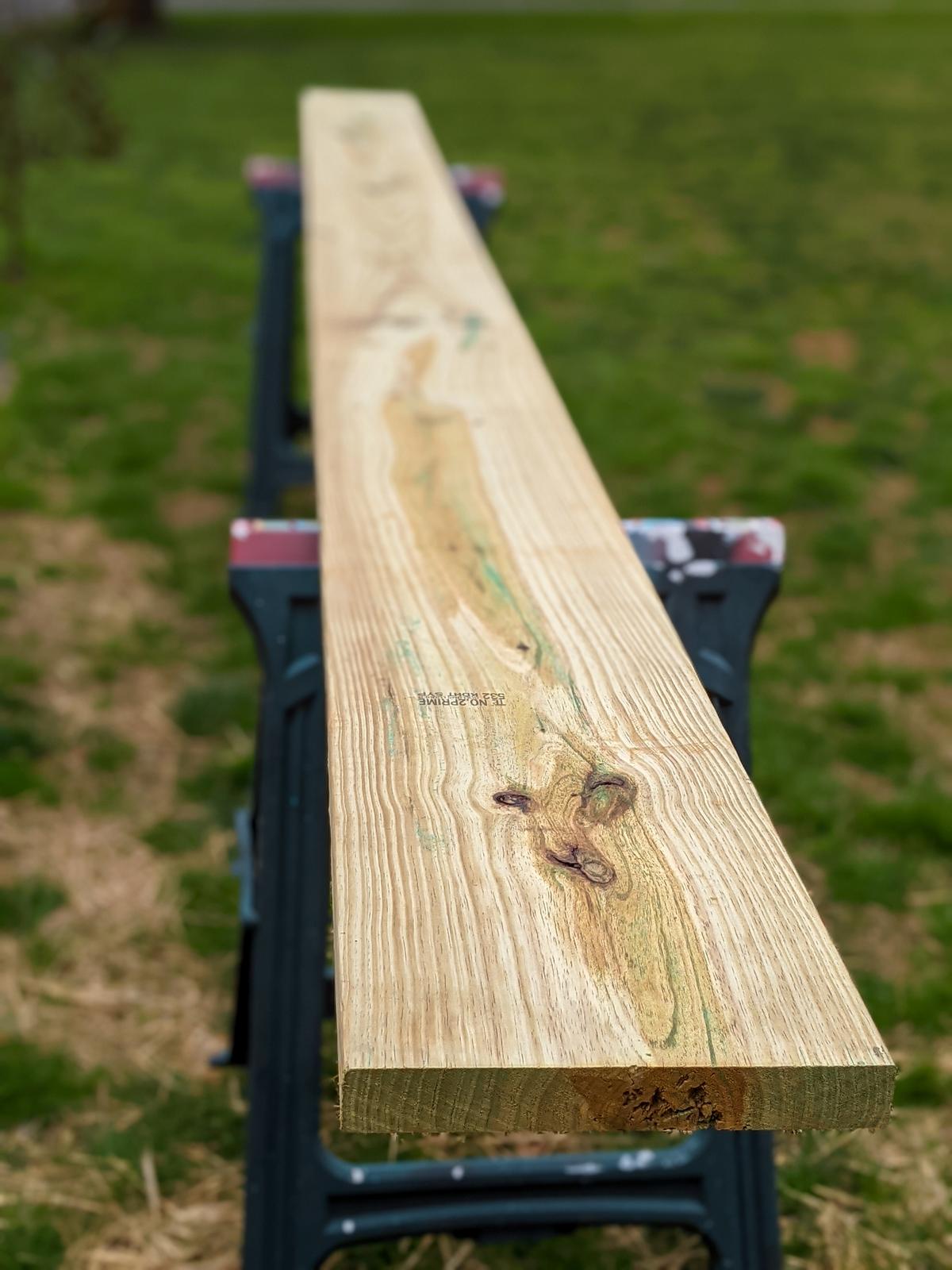
Cedar is a soft wood that has been used as a decking material for generations. The fact that it is resistant to insects and rot makes it appealing for decking material, but because of how soft it is it tends to splinter. Because of this it is often only used in vertical applications, like in railings.
Pressure-treated lumber is also rot and insect resistant and is much cheaper than redwood or cedar.
It is widely available all over the U.S. and is often used to build the support elements of the deck because of its durability and is usually covered by the deck flooring.
The problem that comes with this type of wood is that it can shrink, warp, and twist with lesser quality-grade woods. With pressure-treated wood it is better to pay for a higher-grade lumber that has also been treated with water repellents.
Synthetic and composite materials have been around for decades and are designed and made to withstand the elements and not rot out.
Most composite deck materials are made using polyethylene (HDPE or LDPE), plastic, vinyl, or PVC.
Composite decking is created by mixing polyethylene with wood fibers, or other organic filler, as well as a blend of chemical additives.
The reason why people choose composite or manmade deck materials is because they require low maintenance. 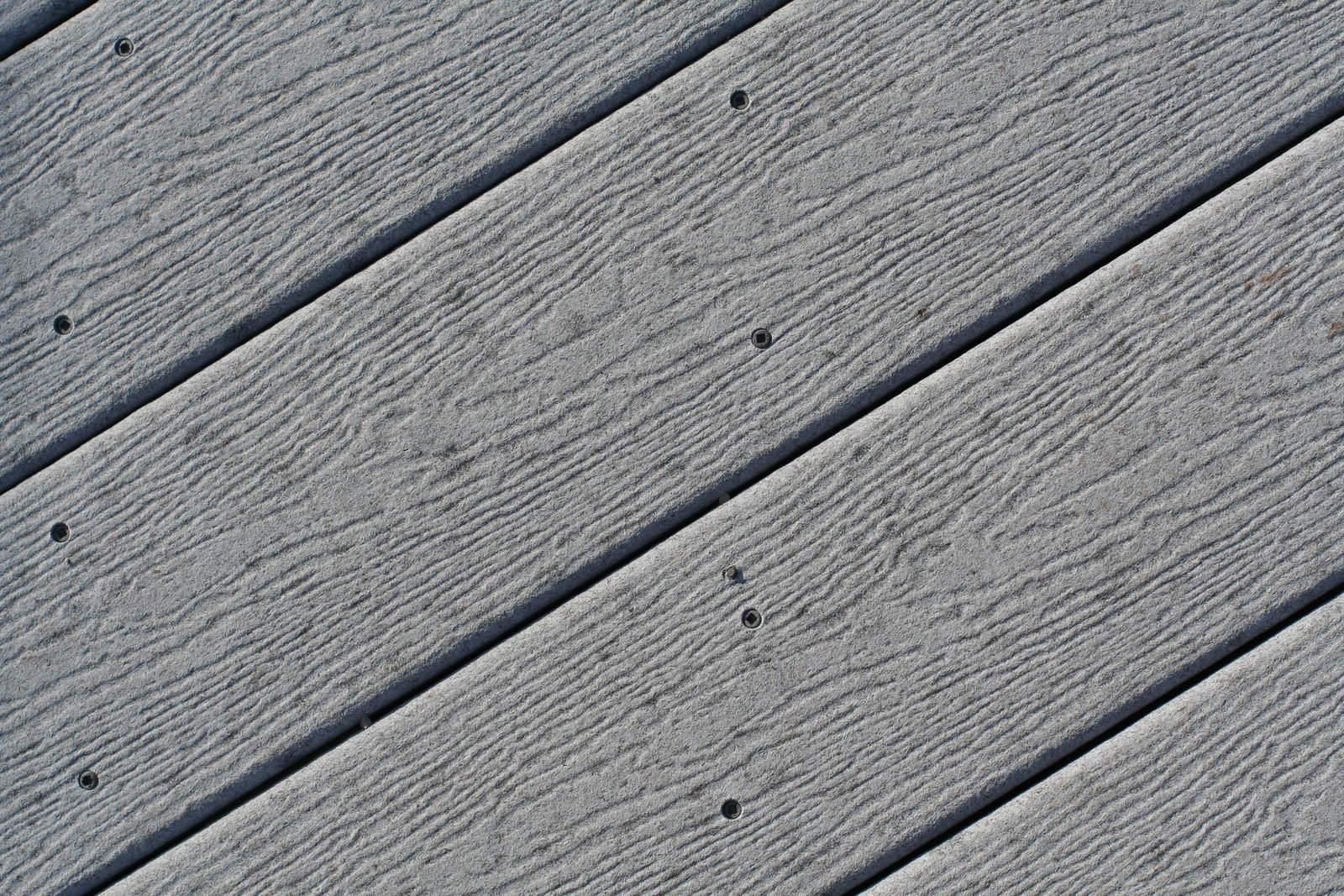
Do I Need a Contractor Or Can I DIY?
Depending on where the container home is and what the local codes are, you may not have to hire a contractor to build your roof deck.
Whether you DIY or hire a contractor, it is imperative that the roof deck be built with safety in mind and be structurally sound.
Other Safety Considerations
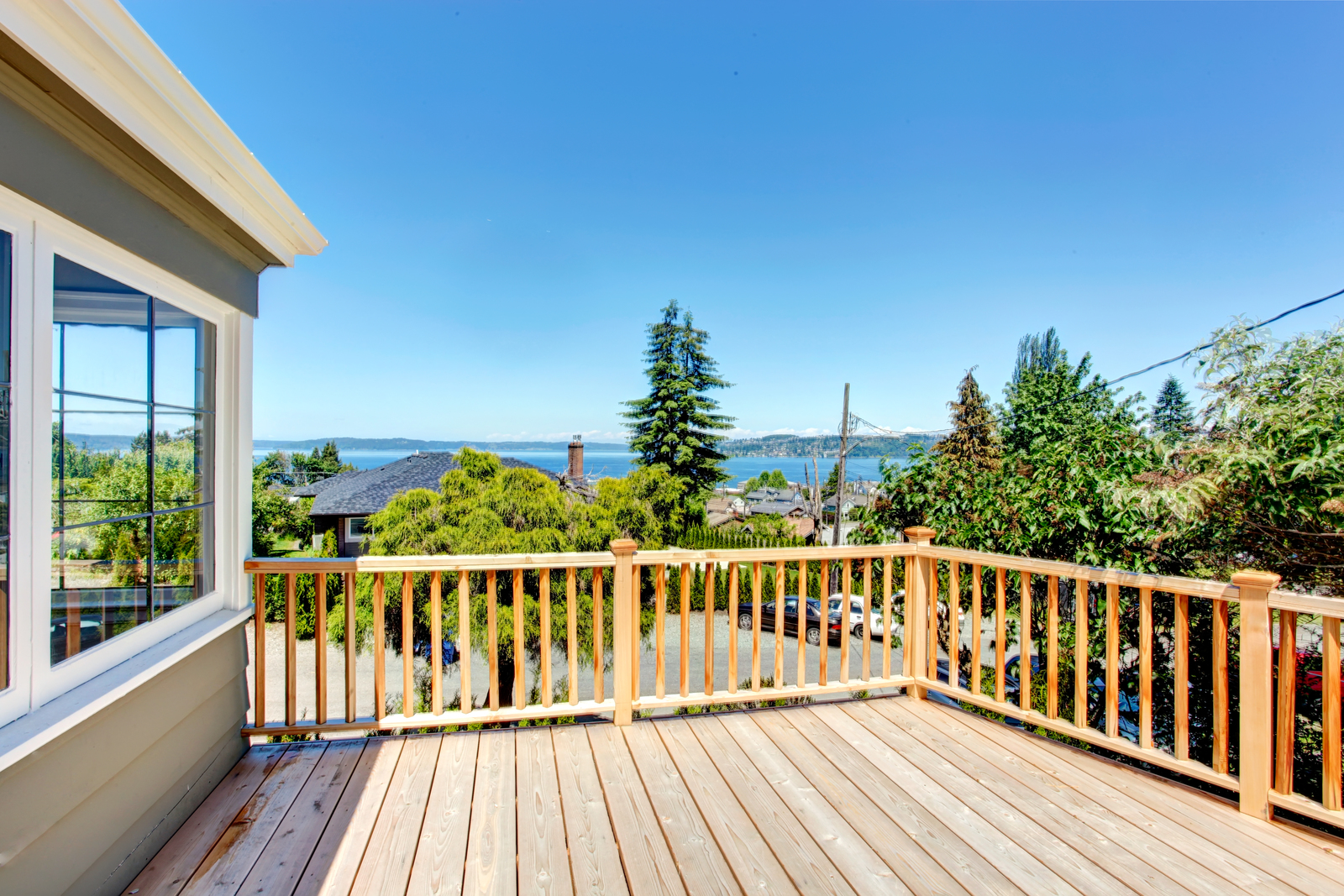
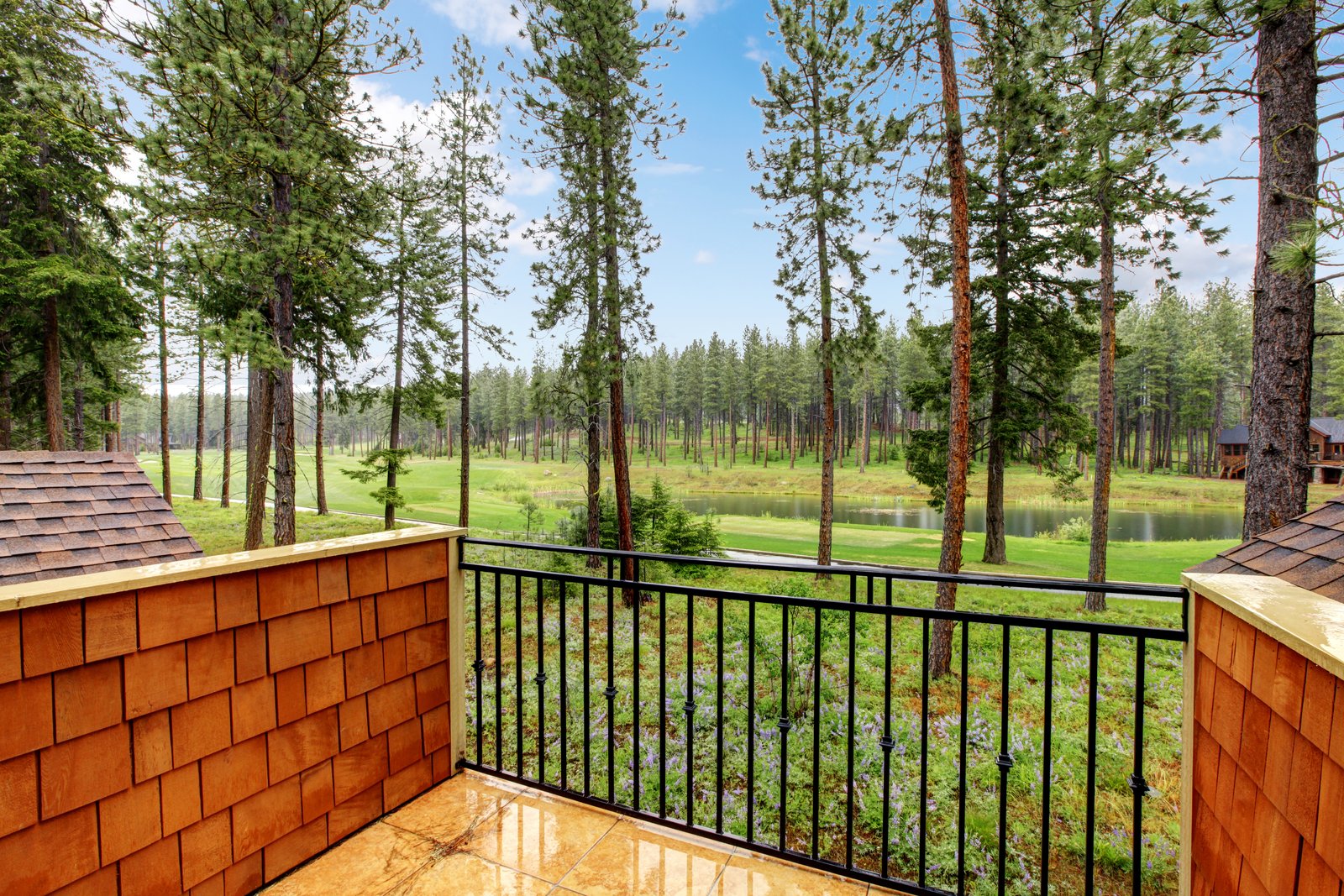
You’ve done your research and chosen your decking material. The next thing to consider for safety, is what material do you want the railing to be?
It’s possible and perfectly fine to make your deck all out of the same material, although there are also a lot of ways to continue to make your deck unique.
Here some ideas for railings: Recycled Pallet Railing, Tree Branches, Wood Lattice, Traditional with the posts mounted to the outside, Horizontal Deck Railing, Flat Slat Railing, Rope Railing, Criss Cross Porch Railing, Galvanized Pipe Railing, Stainless Steel Wired Mesh, Wire/Cable Railing.
And of course, there’s how you will be accessing your new deck to take into consideration. A ladder could be one option – either one custom made, or repurposed from an RV would also work.
Stairs would be another way to access the newest feature of your home. These can usually be made from the same material that was used in the construction of the deck.
The Bottom Line
Adding a roof home deck is the perfect way to complete to the look of your container home. Just imagine the wonderful sunrise or sunset views that you can share with your family and friends. The memories are worth it!

